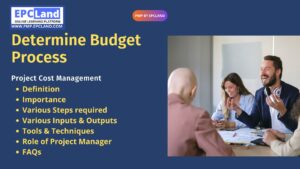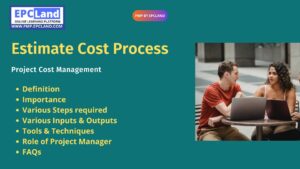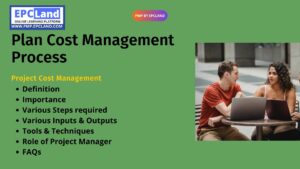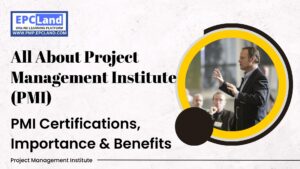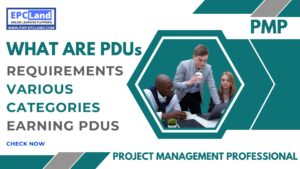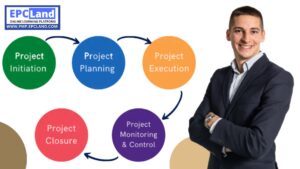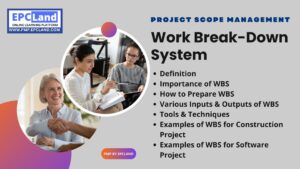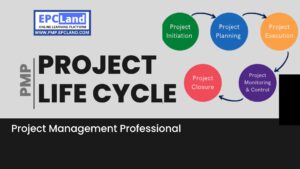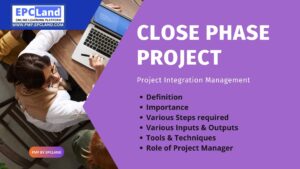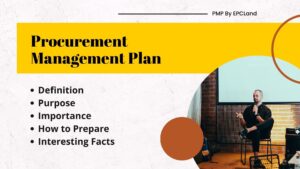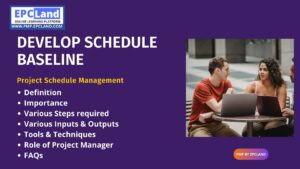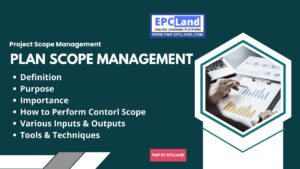A cost management plan is a document that helps you plan and manage your budget. Project managers can estimate costs, allocate resources to appropriate areas, and manage overall spending.
A cost control plan brings together all project costs, including direct and indirect costs, in one place. The project manager tracks these costs to ensure there are no budget overruns. An example of a cost control plan might be a budget for a home improvement project. Direct costs include hired labor and building materials. Overhead costs include equipment rental, insurance and general maintenance.
Don’t Miss the 1000+ MCQ questions & hundreds of quizzes on PMP Knowledge Areas and Various important sections.
Table of Contents
ToggleWhat is included in a Cost management plan?
For effective project management cost control, project managers need to ensure that they have all the information they need to develop detailed plans.
An expense management plan can include many different elements, including:
Unit of measure:
These vary by region. Eg: US uses inches. If you are in Germany, use your measuring equipment.
Accuracy level:
Here you specify the number of decimal places for the calculation. You can also define the degree of flexibility for dates and numbers.
Control threshold:
Set thresholds for taking action if you are behind schedule. For example, if you hit the -$5,000 mark, it could be a point to correct your course and get back on track.
Performance measurement rules:
Consider techniques for measuring performance. Are you using Earned Value Management or an Attainment Method?
Report format:
Decide how and how often you will report on project progress.
Additional Relevant detail:
Strategic funding decisions, costing procedures, etc. should also be included. If your project requires additional budget, your cost control plan should describe how to find the source. If you have business tools or applications that track project costs and expenses, these should also be included in your plan.
Why is a Cost management plan important?
A cost control plan is important because it provides a detailed view of the project budget. This helps project managers plan and stay on track to achieve project deliverables.
Without accurately estimating costs, allocating sufficient resources where needed, and regularly monitoring spending, you risk going over budget. This can lead to project failure. Therefore, project management cost planning is an essential task to ensure the success of the project.
A project cost control plan can also be very helpful in reducing unnecessary costs. One of the biggest challenges project managers face is over budget without a clear indication of spending. A cost management plan helps project managers assess cost priorities and save money. help.
How to create a Cost management plan
Creating a project cost management plan requires following four simple steps:
Divide your work into tasks.
You can create a work breakdown structure using folders and subfolders, which can be further broken down into tasks and subtasks. Handy tools like Wrike Resource help you pick the right people for each task.
Estimate cost:
Create a project cost estimate forecast. Cut unnecessary expenses and budget for contingencies, including direct and indirect costs. Use flexible software, as forecasts may change.
Create a budget
Once you’ve completed your cost estimates, you can take a closer look at your actual budget. Use Gantt chart milestones to divide your budget into phases for easier cost control.
Performance monitoring:
A cost control plan is important to track performance. Compare your team’s progress to past spending to make sure you’re on schedule.
Key Results of the Plan Cost Management Process
The cost management process is primarily aimed at determining the cost of each activity and setting the budget for the project. Then manage and control the project budget to complete the project within budget. The primary output of the Planned Cost Control process is the Cost Management Plan.
This plan provides guidance and direction on how project costs are managed throughout the project. For example, you can use the Planned Cost Management process to see how much money you need at a particular stage in your project.
Things to avoid when creating a Cost management plan
Knowing what not to do is just as important as knowing what not to do when creating an expense management plan. Expense management plans are complex and error prone. The more consciously we recognize these mistakes, the less likely we are to commit them. There are a few things to note here.
Poor communication with stakeholders:
Reports are the primary means by which project managers communicate key cost statistics to project stakeholders. Stakeholders have a vested interest in the success of the project, so they are very interested in how the project is progressing.
Not using work breakdown structure:
Not planning for all the steps necessary to reach the final result of the project will affect the budget and thus the cost control plan.
Using only a spreadsheet:
Spreadsheets are powerful and have so many benefits. But they are not what you need to manage your expense management plan. Data entry is error prone, can quickly become overly complex, and has limited reporting and visualization capabilities.
Similar Articles on Project Cost Management plane
Add Your Heading Text Here
Lorem ipsum dolor sit amet, consectetur adipiscing elit. Ut elit tellus, luctus nec ullamcorper mattis, pulvinar dapibus leo.
Add Your Heading Text Here
Lorem ipsum dolor sit amet, consectetur adipiscing elit. Ut elit tellus, luctus nec ullamcorper mattis, pulvinar dapibus leo.
Add Your Heading Text Here
Lorem ipsum dolor sit amet, consectetur adipiscing elit. Ut elit tellus, luctus nec ullamcorper mattis, pulvinar dapibus leo.
Add Your Heading Text Here
Lorem ipsum dolor sit amet, consectetur adipiscing elit. Ut elit tellus, luctus nec ullamcorper mattis, pulvinar dapibus leo.
Add Your Heading Text Here
Lorem ipsum dolor sit amet, consectetur adipiscing elit. Ut elit tellus, luctus nec ullamcorper mattis, pulvinar dapibus leo.


